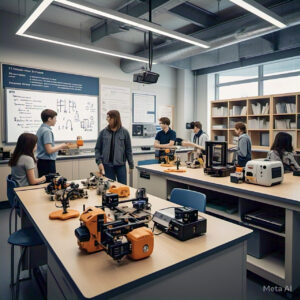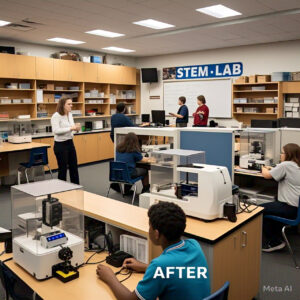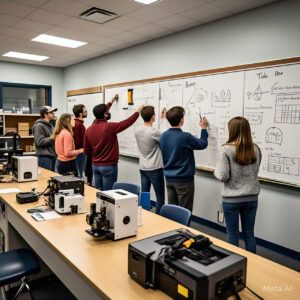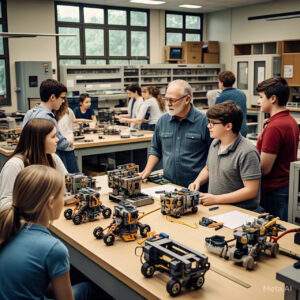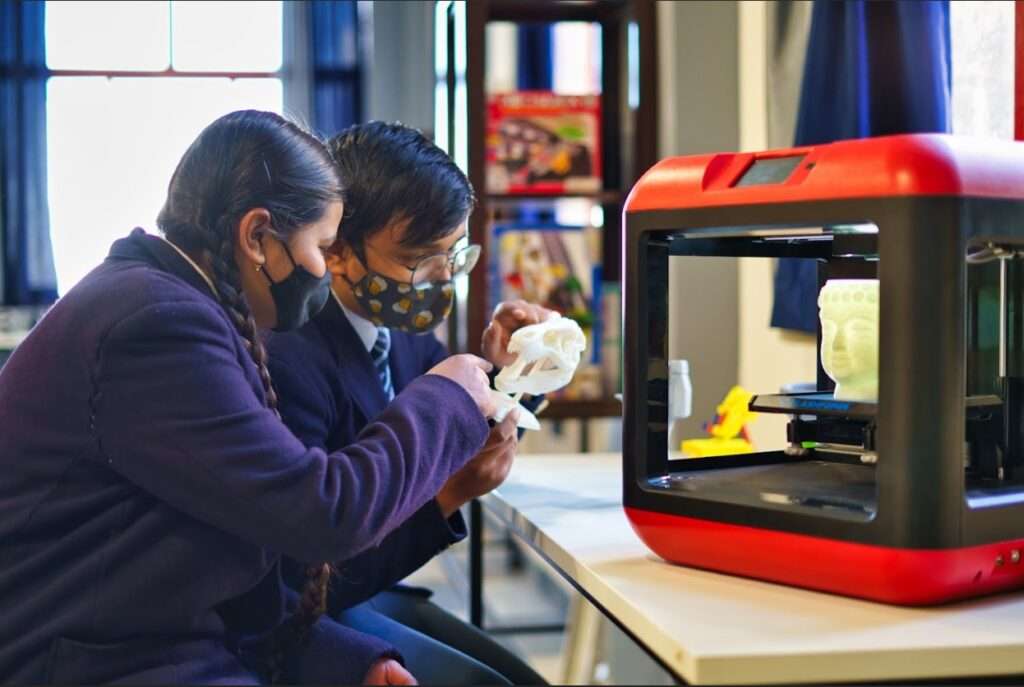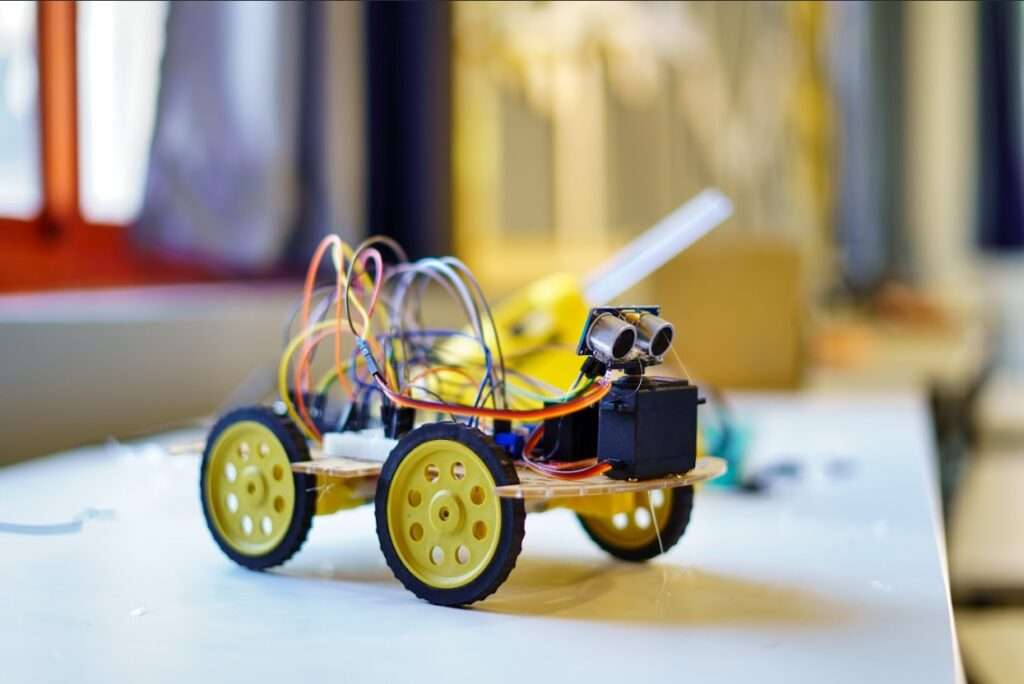In today’s fast-paced, technology-driven world, parents are more invested than ever in the quality of education their children receive. As the future becomes increasingly shaped by advancements in science, technology, engineering, and mathematics (STEM), modern parents are prioritizing schools that offer cutting-edge programs designed to prepare their children for the challenges and opportunities of the 21st century. Among the most sought-after features in schools are STEM and robotics labs.
As these fields continue to grow in prominence, parents are recognizing that hands-on learning in STEM subjects—especially in areas like robotics—can give their children a distinct advantage in both academics and future careers. Here’s why modern parents are increasingly looking for schools with STEM and robotics labs.
1. Preparing Students for the Future Workforce
The world is changing rapidly, and so are the job markets. Careers in STEM fields, particularly in areas like artificial intelligence, robotics, software engineering, and data science, are projected to grow exponentially in the coming years. Parents want their children to be prepared for these high-demand, high-paying careers.
Schools that offer STEM labs and robotics programs provide students with the foundational skills needed for these fields. Robotics education, in particular, teaches critical skills such as problem-solving, coding, and teamwork, which are directly applicable to today’s most innovative industries. By learning how to build and program robots, students develop hands-on experience with the technologies that are shaping the future of work.
2. Fostering Creativity and Critical Thinking
While traditional education focuses on memorizing facts and following established formulas, STEM labs encourage students to think outside the box, collaborate with peers, and approach problems from different angles. Robotics programs, for instance, require students to design, build, and program robots to perform specific tasks. This process not only enhances creativity but also strengthens critical thinking and troubleshooting skills.
Parents recognize that these are essential skills that go beyond the classroom. They enable students to solve complex problems, adapt to new situations, and think independently—all of which are valuable traits for any career. In a world that values innovation, a school with a strong emphasis on STEM and robotics helps cultivate these skills in their students.
3. Hands-On Learning and Real-World Application
One of the biggest advantages of STEM labs is the opportunity for hands-on learning. Instead of just reading about theories or watching videos, students in STEM labs actively engage with the material by conducting experiments, building models, and programming robots. This experiential learning approach not only reinforces theoretical knowledge but also helps students develop practical skills they can apply in real-world scenarios.
Robotics labs, in particular, bridge the gap between classroom knowledge and real-world applications. By working on projects like robot design and programming, students see how the concepts they learn in math, science, and engineering are applied in everyday technologies. For modern parents, this hands-on approach is a key factor in choosing the right school. It ensures their children are not just passive recipients of information but active creators and innovators.
4. Encouraging Collaboration and Teamwork
STEM and robotics education emphasize the importance of collaboration. Building and programming a robot, for example, is rarely a solo task. Students often work in teams, collaborating on different aspects of the project, such as design, coding, and testing. This teamwork not only simulates the way projects are tackled in the real world but also helps students develop social and communication skills.
For parents, this focus on teamwork and collaboration is an attractive quality in schools, as it helps students learn how to work effectively with others—a vital skill in almost any professional environment. Working on group projects fosters a sense of responsibility, accountability, and the ability to listen to and incorporate others’ ideas.
5. Instilling Confidence and Problem-Solving Skills
STEM education, especially through robotics programs, is an excellent way to boost a child’s confidence. In a robotics lab, students are encouraged to tackle complex challenges and solve problems on their own or in teams. The iterative nature of robotics—where a robot may not work on the first try but can be modified and improved—teaches students the importance of perseverance, learning from failure, and critical problem-solving.
For parents, it’s reassuring to see their children gain confidence in their abilities. The problem-solving skills learned in STEM labs and robotics programs are not only crucial for academic success but are also applicable to life situations and future careers. Being able to break down complex problems and find solutions is a skill that will serve children well in whatever path they choose.
6. Making Learning Fun and Engaging
Let’s face it: today’s students are digital natives. They are accustomed to interacting with technology in almost every aspect of their lives. STEM labs and robotics programs align perfectly with the interests and learning styles of today’s children. These labs make learning exciting and engaging, encouraging students to explore and experiment with the technologies that fascinate them.
For parents, schools that offer STEM and robotics programs provide an innovative and enjoyable way for their children to learn. When students are excited about what they’re learning, they are more likely to stay engaged and motivated in their education. This enthusiasm also translates into better academic performance and a more positive attitude toward learning in general.
7. Building a Strong Foundation for Future Learning
Finally, STEM and robotics labs set the stage for lifelong learning. The skills and knowledge gained through hands-on STEM activities serve as a foundation for more advanced studies in areas like engineering, computer science, and mathematics. As students progress through their educational journey, the concepts they learn in STEM programs build upon each other, allowing them to tackle more complex problems and explore new technologies.
For parents, this means that choosing a school with a strong emphasis on STEM education ensures that their child has the opportunity to grow intellectually and explore a wide range of future academic and career options.
Conclusion
As the demand for skilled professionals in STEM fields continues to rise, modern parents are becoming more conscious of the need to provide their children with a well-rounded, forward-thinking education. STEM and robotics labs offer students not only the technical skills required for future careers but also the creativity, critical thinking, and problem-solving abilities that are essential in today’s world. By choosing schools that offer innovative STEM programs, parents are ensuring their children are equipped with the tools to succeed in an ever-changing, technology-driven society.




